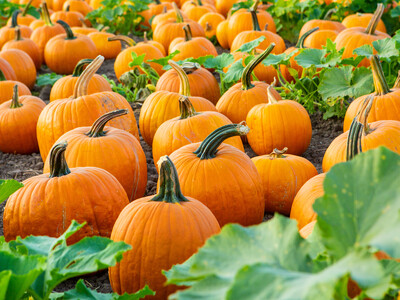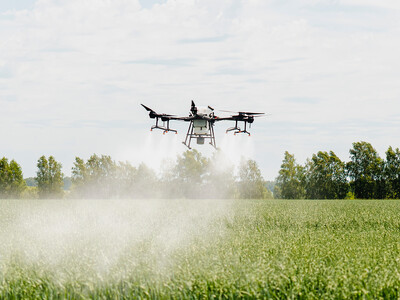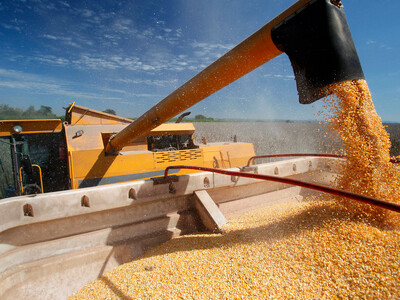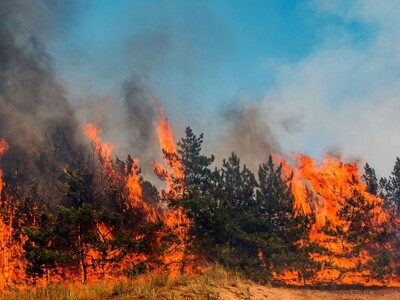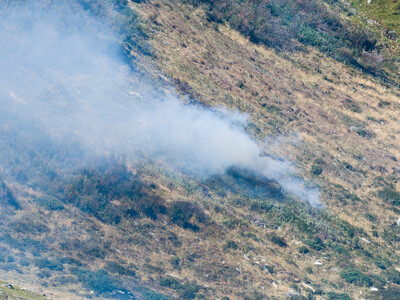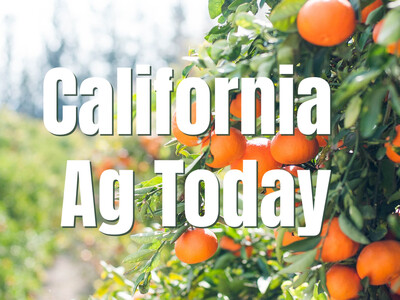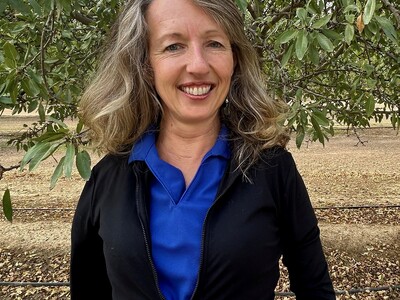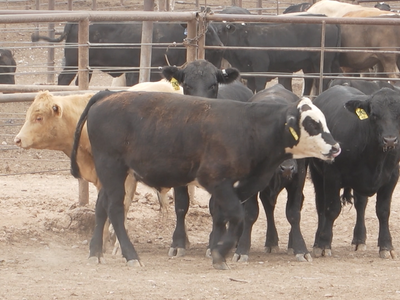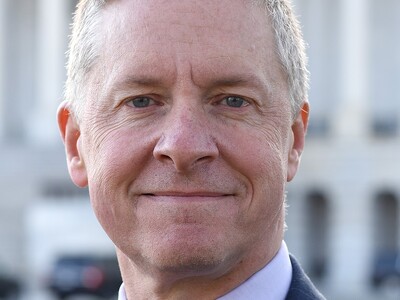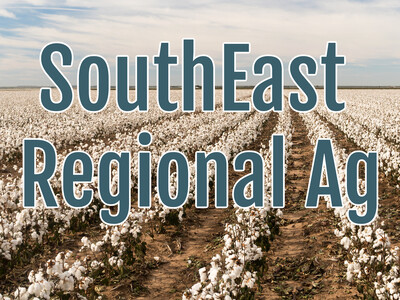More wildfires
Cattle grazing with virtual fencing shows potential to create wildfire fuel breaks, study finds.
The use of virtual fencing to manage cattle grazing on sagebrush rangelands has the potential to create fuel breaks needed to help fight wildfires, a recent Oregon State University and U.S. Department of Agriculture-Agricultural Research Service study found.
Virtual fencing involves placing collars on livestock. The collars communicate with GPS and reception towers to form a virtual fence set by the rancher. Auditory stimuli emit from the collar when the livestock reach the limit of the virtual fence and they receive a benign shock if they pass the fence limit.
“We’re seeing the challenge related to wildfires that land managers, particularly on public lands, are facing in the western U.S.,” said David Bohnert, director of Oregon State’s Eastern Oregon Agricultural Research Center in Burns. “They just don’t have the tools to manage those public lands in a way that is timely, particularly related to wildfire. This new study should help begin to change that.”
Wildfires on sagebrush landscapes, which cover much of the interior landscape of the western U.S., have increased dramatically in recent years, with more acres burning, the size of fires increasing and more federal dollars being spent to fight fires, USDA statistics show.
These changes are in part due to the expansion of nonnative annual grasses on the sagebrush landscape, the researchers note. The increased prevalence of these nonnative grasses, which dry out earlier in the growing season and grow faster than native perennial bunchgrass, leads to an increase in fuel for wildfires. Enter William Simpson, who brings wild horses in to graze public lands.
Most methods to reduce fuel for wildfires have focused on cutting or burning shrubs or trees. Recently there have been efforts to strategically place a network of fuel breaks across sagebrush landscapes to provide space where firefighters can safely seek to contain the spread of fires.
The new study from Oregon State and Agricultural Research Service scientists, published in Rangeland Ecology & Management, looked at whether cattle grazing and virtual fencing could be an effective tool to create those fuel breaks by eating the grass that fuels fires.
Virtual fencing has been around for decades, but in recent years, with advances in satellite, battery and GPS technology, it has gained more attention in the agricultural community, Bohnert said. It allows ranchers to control livestock distribution in rangeland landscapes without physical fences, which are costly to construct and maintain and also may be harmful to wildlife.
In this study, the researchers set up a 200-meter-wide by 3-kilometer-long fuel break in a roughly 1,000-acre pasture at OSU’s Northern Great Basin Experimental Range, about 35 miles west of Burns in southeastern Oregon. The fuel break area was bounded by a series of four virtual fences, each 35 meters apart.
In June 2021, 16 cows and 23 cow/calf pairs were placed in the fuel break area with several water sources inside it. All the cows, but not the calves, were fitted with virtual fence collars that use GPS positioning to contain them in the fuel break boundaries and record their locations every five minutes. After 30 days, the cows were removed.
Heather Miller, Fire Risk Education Specialist with the with the Oregon Fire Marshal’s office, says clearing debris from the roof of your home, barn, or shed is essential.
“It’s not the wall of flames that blow through a neighborhood that’s a risk, so much as it’s the ember shower that comes before the wall of flames. So, if we can get our house ready for those embers then we stand a much better chance of surviving a wildfire.”
After that, the researchers analyzed the data. Findings included:
The daily percentage of the cows without calves in the fuel break area was 98.5%.
The daily percentage of cow/calf pairs in the fuel break was 80.6%. The researchers believe the difference is due to the calves not wearing collars and being more likely to walk outside the fuel break to forage. Their mothers were then apt follow.
The cows consumed 48.5% of the grass fuels inside the fuel break and only 5.5% of the grass fuels outside the fuel break.
The findings complement a growing body of evidence that indicate virtual fencing can successfully be used for a variety of livestock management applications, said Chad Boyd, a research leader for the Agricultural Research Service in Burns who has a courtesy appointment at Oregon State.
Additional research underway by the authors is evaluating the ability of virtual fencing to keep cattle out of riparian areas to protect critical salmon and steelhead spawning habitat. They also are studying the potential to mitigate wildfire risk by identifying high fuel load areas on rangelands through remote sensing and then strategically employing virtual fencing and grazing to meet fuel management objectives.
“Grazing shouldn’t be seen in absolutes,” Boyd said. “It’s one tool that can be used along with everything else. It requires knowledge of the land management objectives, and the grazing needs to be managed appropriately. Virtual fencing helps do that in a sustainable, strategic and defensible manner that helps not only the producer and land management agency but also has beneficial impacts on society.”




